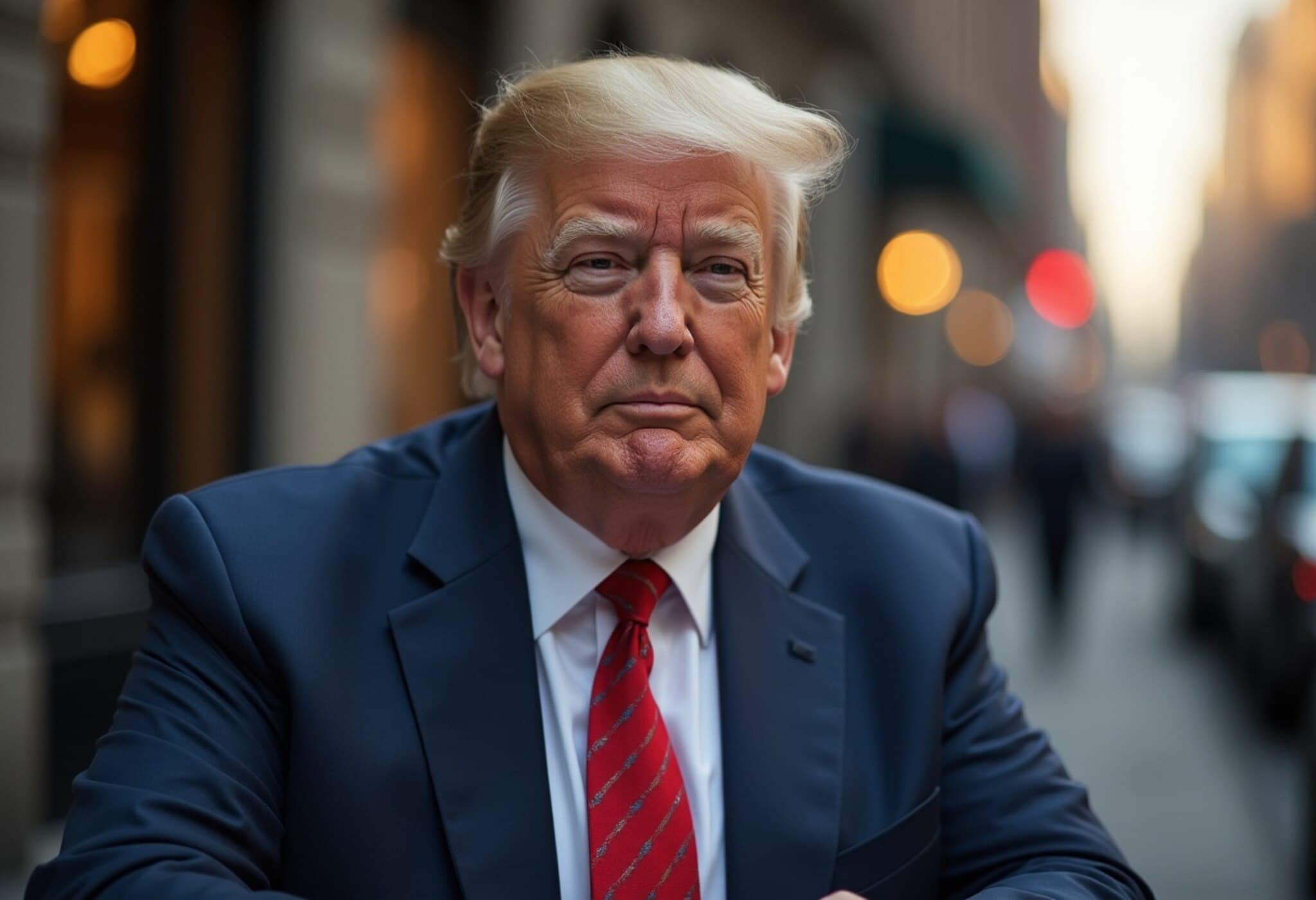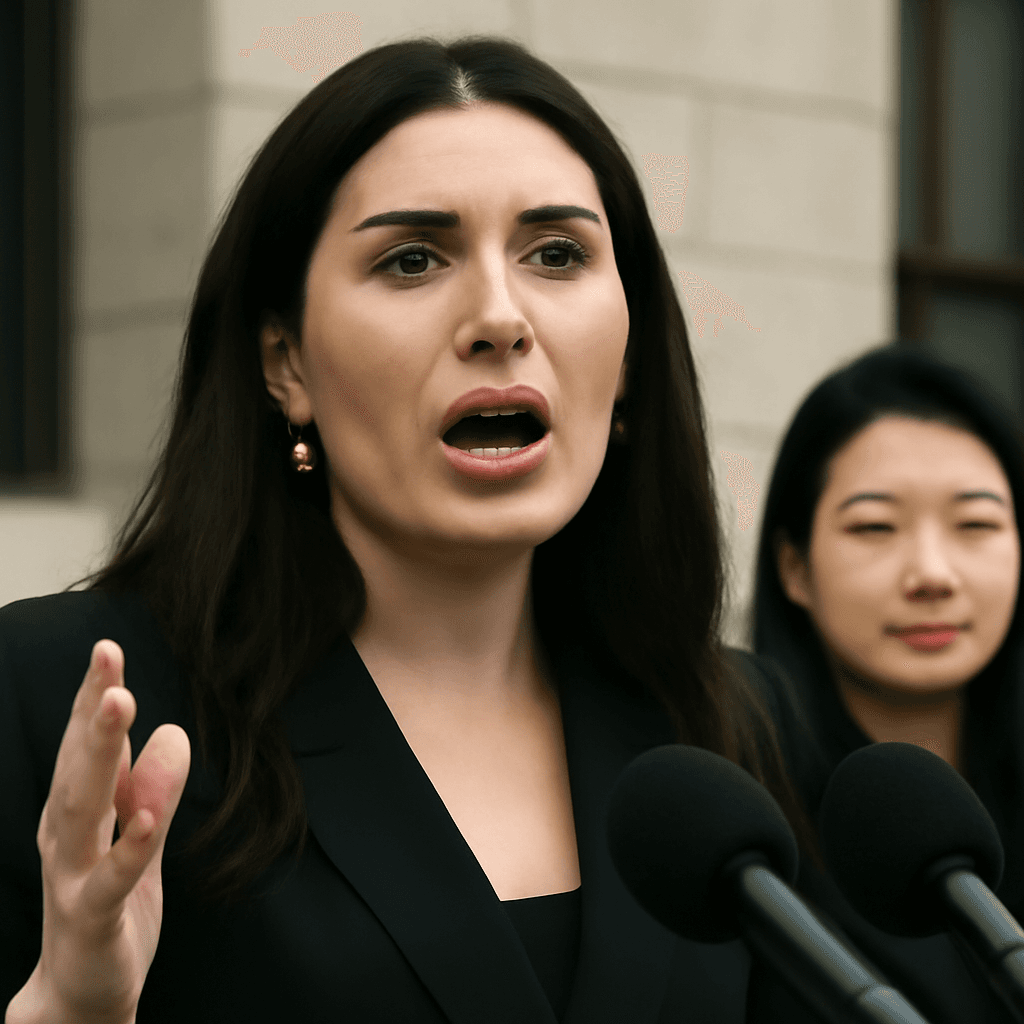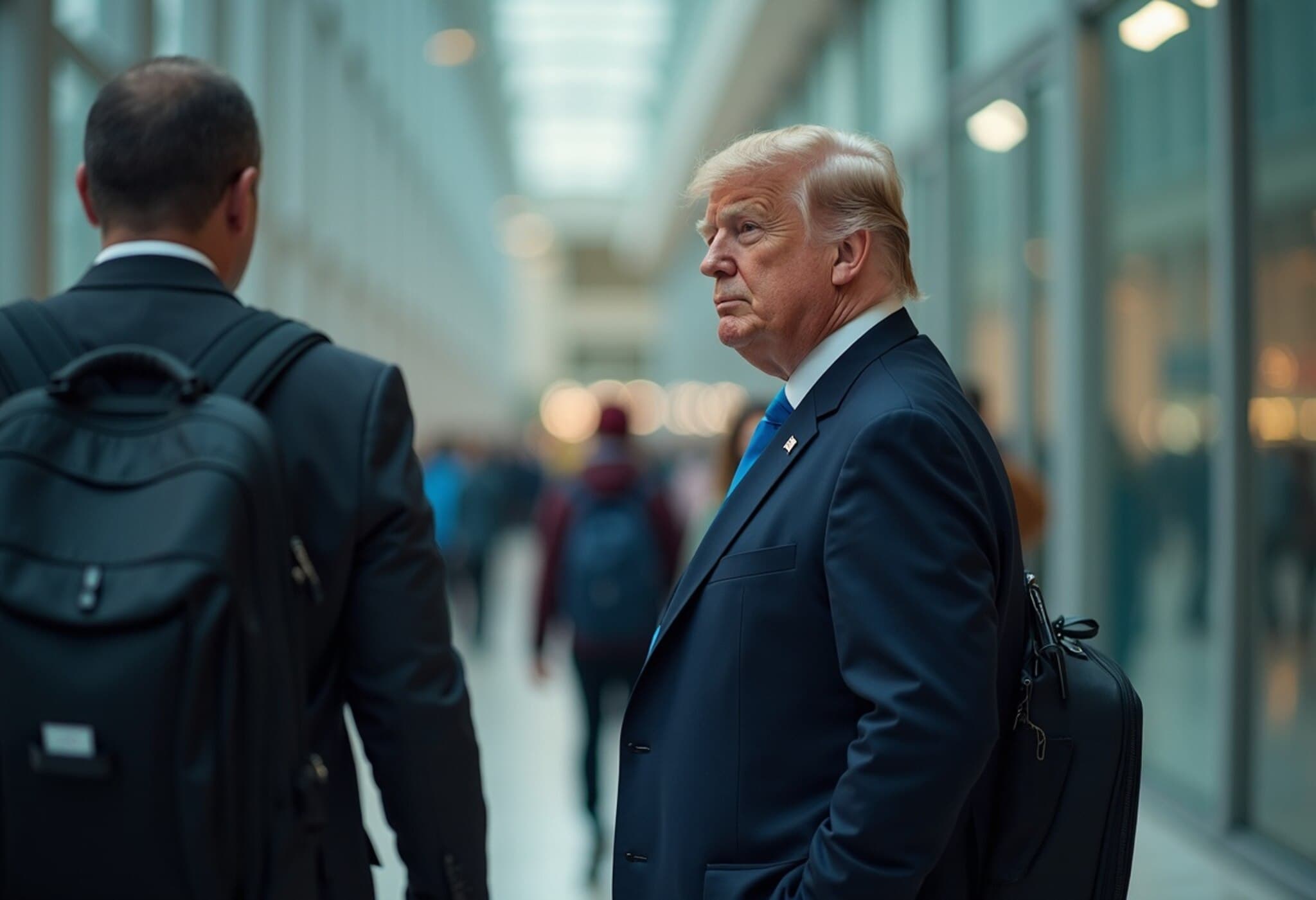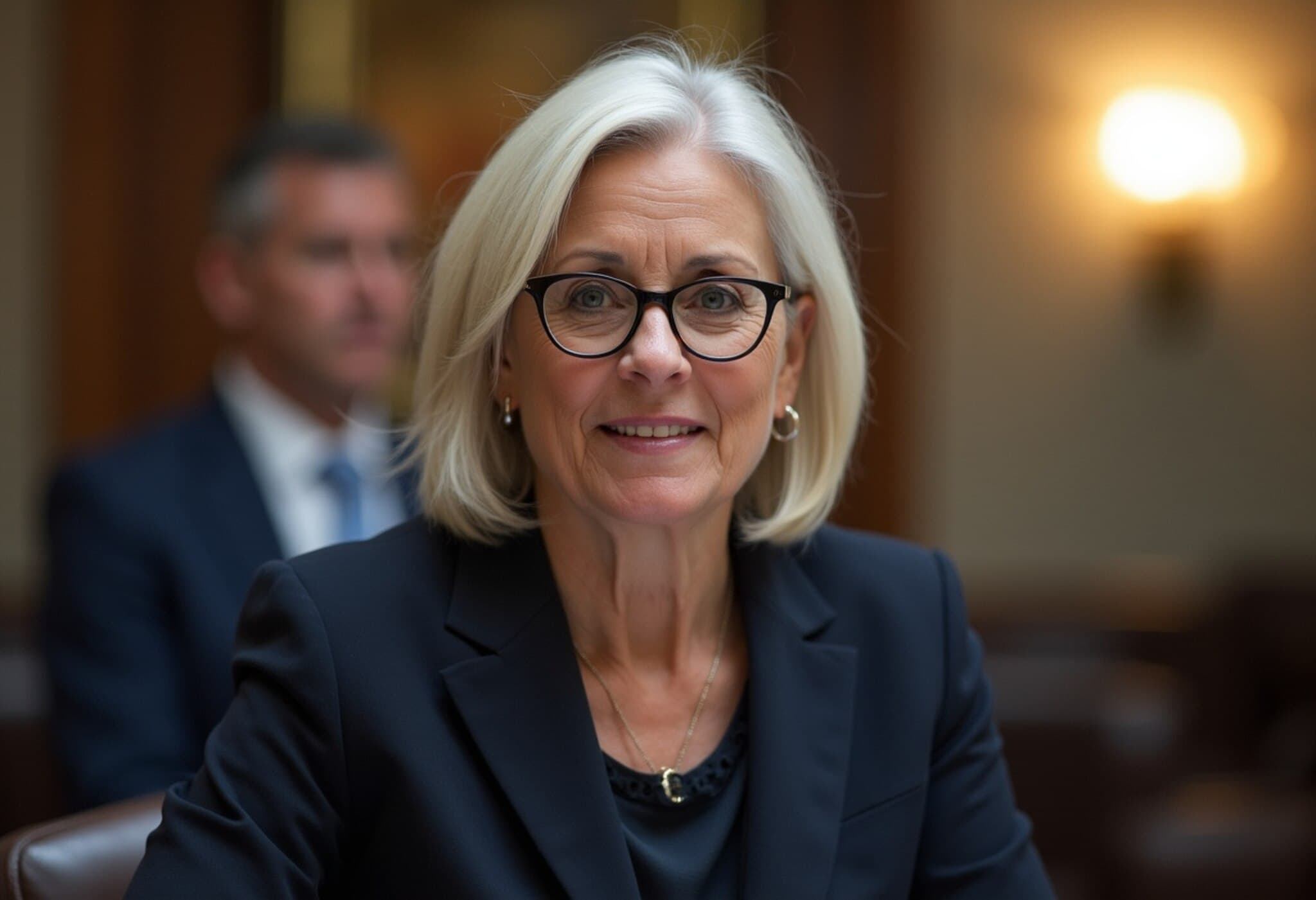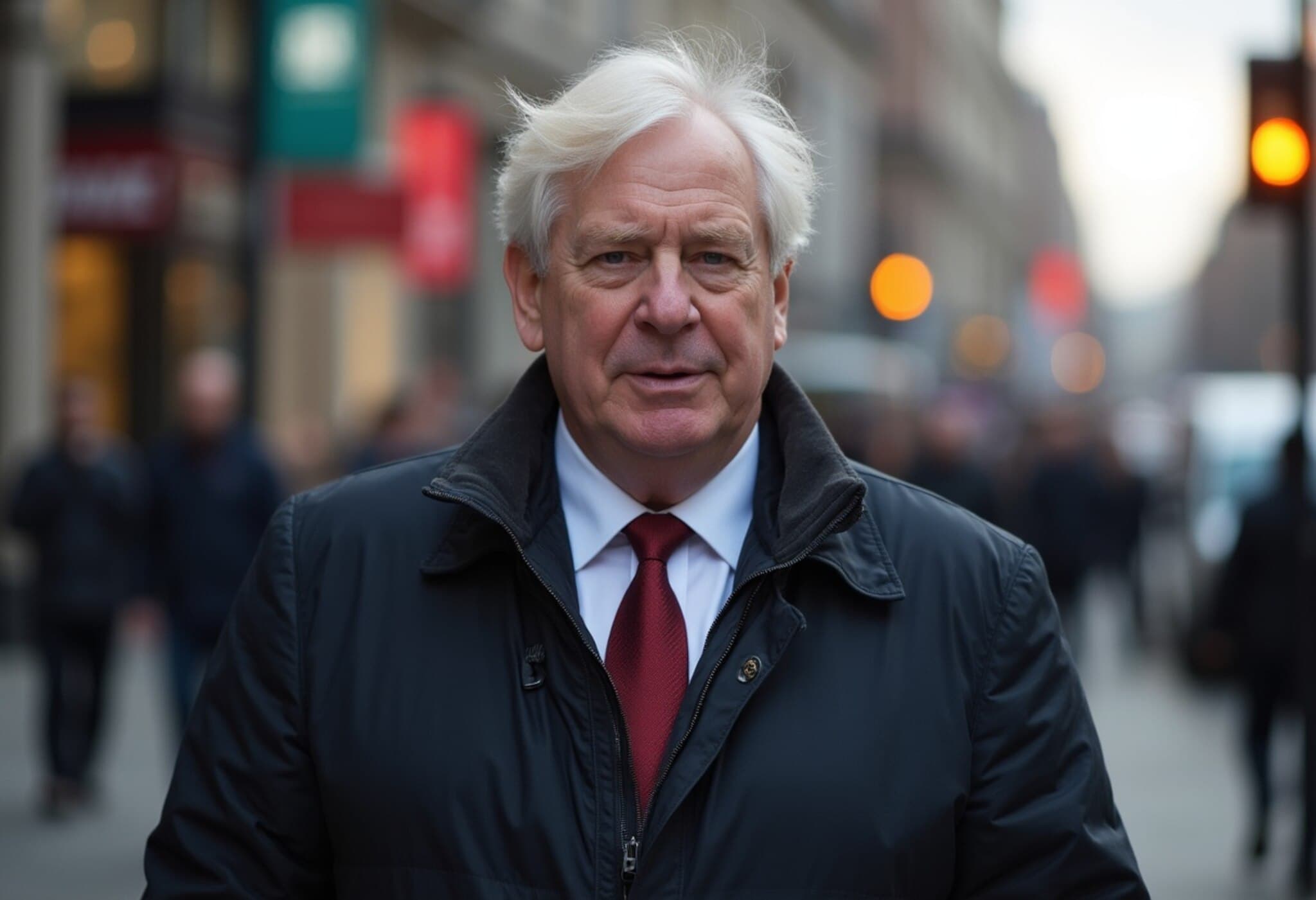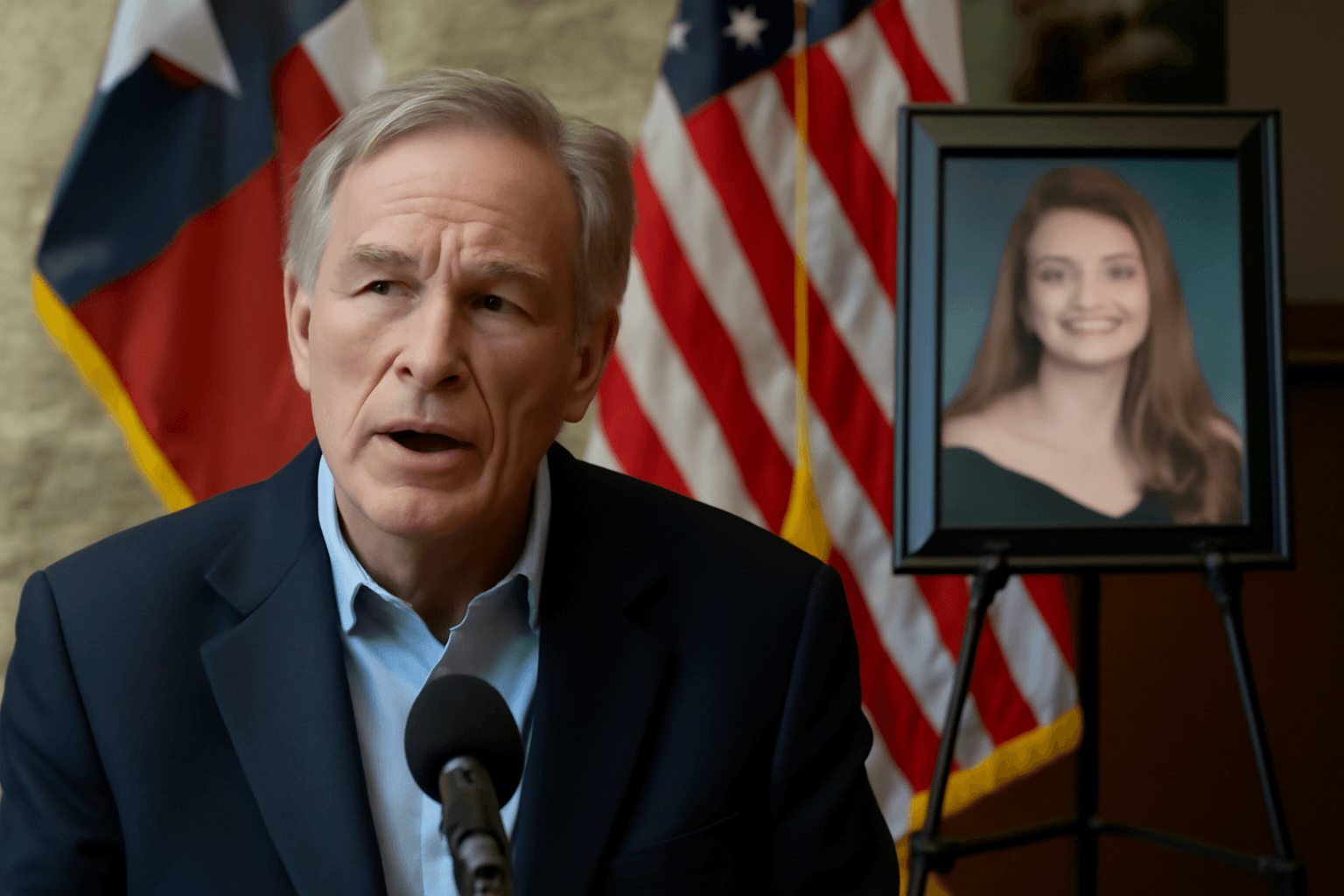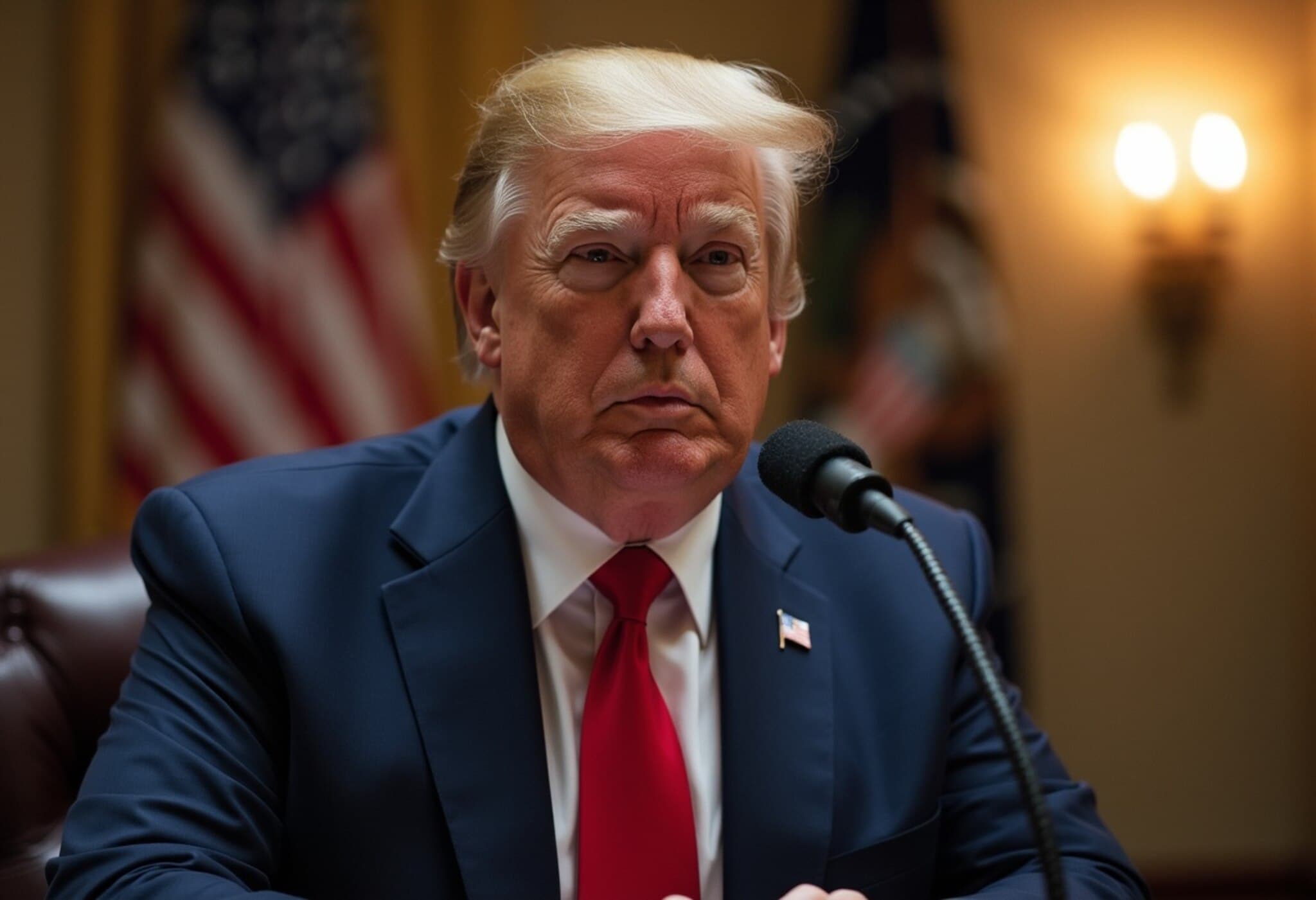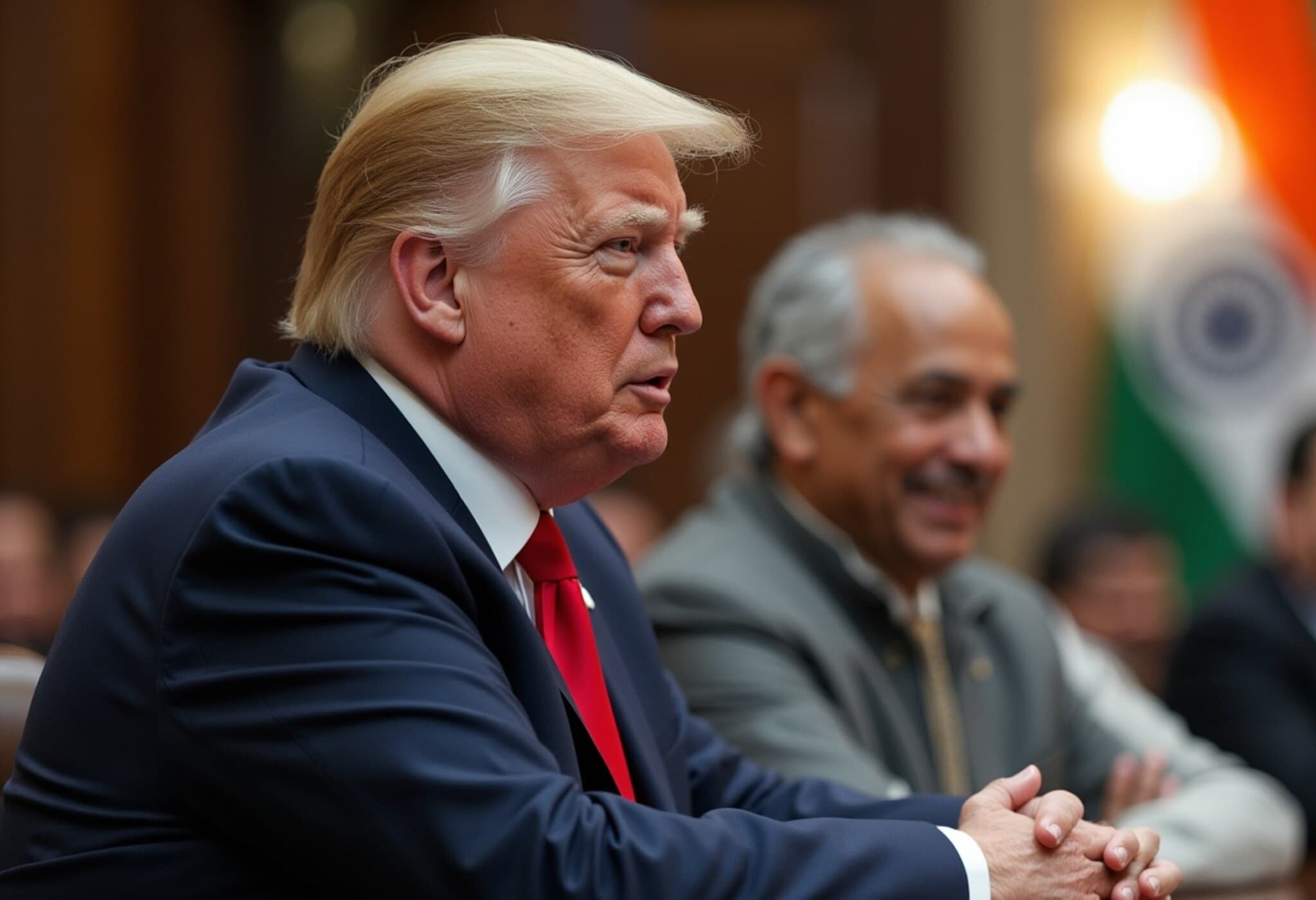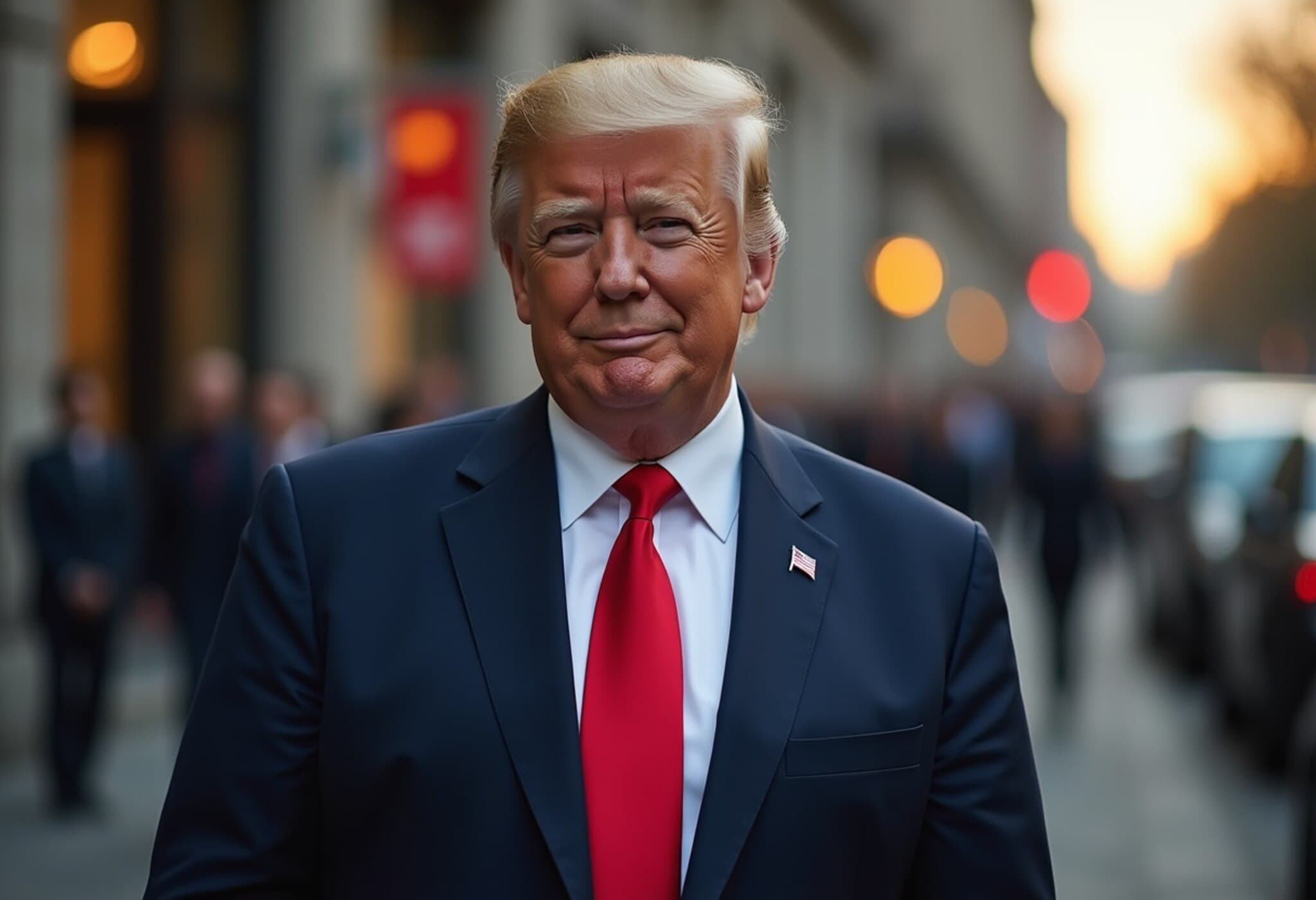US Commerce Secretary Calls H-1B Visa Program a “Scam”
In a candid critique that has stirred significant attention, US Commerce Secretary Howard Lutnick has labelled the H-1B visa program as a "scam" that undermines American jobs. Speaking in an interview with Fox News host Laura Ingraham, Lutnick bluntly declared that foreign workers, particularly those on H-1B visas, are taking opportunities away from American professionals.
“Hiring American workers should be the priority of all great American businesses,” Lutnick emphasized, signaling a forthcoming overhaul of the H-1B system alongside reform of the green card process. His comments suggest a shift towards policies focused on prioritizing American workers and selectively admitting foreign talent based on wage and skill criteria.
Overhauling the Lottery-Based H-1B System
Currently, the H-1B visa allocation relies on a lottery system, often described as a race with unpredictable outcomes. Lutnick advocates replacing this with a wage-based selection mechanism to ensure that those entering the US labor market contribute meaningfully rather than merely filling quotas.
This approach could dramatically affect Indian professionals, who represent the vast majority of H-1B visa holders. India has historically been the primary source country for these visas, powering sectors such as technology, engineering, and healthcare. Changes could trigger a ripple effect across the US tech industry and outsourcing firms that depend on highly skilled immigrant workers.
Green Card Allocation and Income Disparities
Lutnick also criticized the current green card system by drawing attention to the earnings disparity between average American workers and green card recipients. He pointed out that the average American worker makes about $75,000 annually, whereas green card holders earn roughly $66,000—a statistic he used to question the current priorities governing permanent residency.
In his view, the system appears to be selecting lower-income recipient categories, which he disparagingly described as "picking the bottom core." This raises important questions about the broader goals of US immigration policy and whether it adequately balances the nation's economic needs with fairness and competitiveness.
Introducing the Trump Administration’s 'Gold Card' Initiative
One of the most intriguing proposals is the introduction of a new "Gold Card" program. This initiative would offer permanent residency to foreign investors who inject at least $5 million into the US economy. Lutnick claims that the demand for this program is tremendous, with over 250,000 potential applicants, which could lead to a staggering $1.25 trillion in investments.
The "Gold Card" concept aligns with a broader Trump-era strategy to attract high-net-worth individuals who could stimulate economic growth and innovation. By rewarding capital investment, this policy contrasts sharply with the existing employment- or family-based immigration streams and suggests a greater emphasis on economic criteria.
Economic and Social Implications
- Impact on US workforce: Prioritizing American workers may help reduce job competition pressures, but risks creating talent shortages in specialized sectors reliant on international expertise.
- Effect on Indian professionals: As the predominant H-1B holders, Indian IT and tech workers might face increased uncertainty and tighter visa eligibility.
- Investment-driven migration: The Gold Card could boost capital inflow, yet potentially widen inequality by privileging the wealthy.
- Policy coherence: Balancing economic growth, labor market protection, and fairness remains a delicate challenge for US immigration reform.
Expert Commentary and Context
From a policy analyst perspective, Lutnick's framing underscores a growing American political narrative about protecting domestic jobs and recalibrating immigration to serve economic interests more directly. However, the sweeping terms like "scam" might oversimplify complex realities where immigrant labor complements, rather than displaces, native workers.
Moreover, the proposed wage-based criteria could inadvertently prioritize high-paying sectors while marginalizing essential but lower-wage fields such as agriculture and caregiving, which also rely heavily on immigrant labor.
Legal experts caution that reforming the H-1B lottery system would require careful legislative work to avoid unintended disruptions. Simultaneously, the emphasis on investment migration exemplifies a trend seen globally, where countries compete to attract wealthy migrants to fuel economic growth.
Conclusion: Navigating the Road Ahead
The Trump administration’s intent to revamp the H-1B visa and green card systems represents a pivotal moment in US immigration policy. The call to "hire American" resonates amid concerns about job security, yet the details and ramifications of these reforms will be complex and far-reaching.
With the Indian workforce positioned at the crossroads of these changes, the dialogue around immigration must balance economic pragmatism with fairness, innovation with inclusion, and national interest with global collaboration.
As the US reconsiders its visa and immigration paradigms, critical questions remain: How will reforms impact innovation hubs reliant on talented immigrants? Can economic-driven immigration policies coexist with social equity? And how will India-US labor dynamics evolve under this new framework? Our ongoing coverage will continue to unpack these complex developments.

